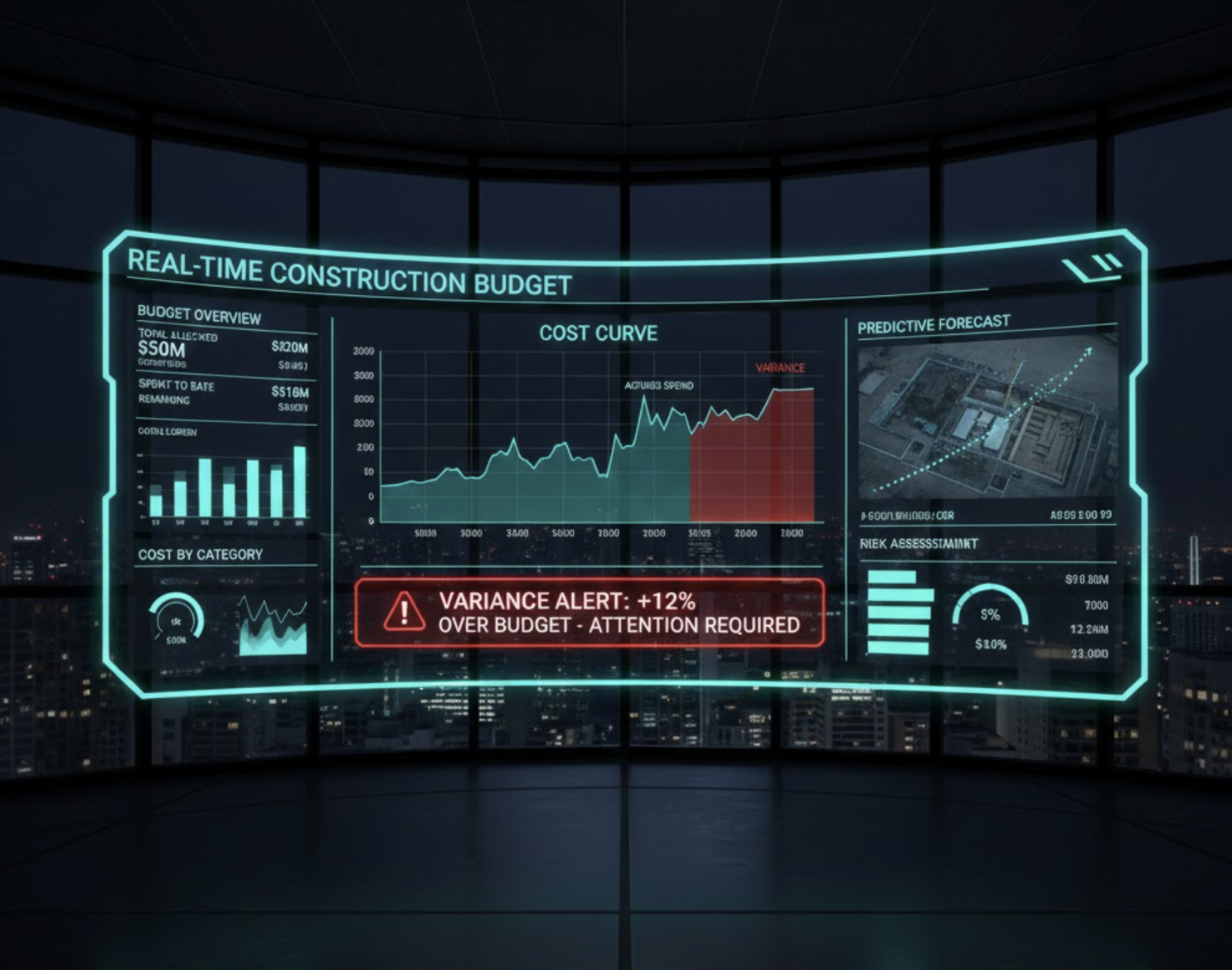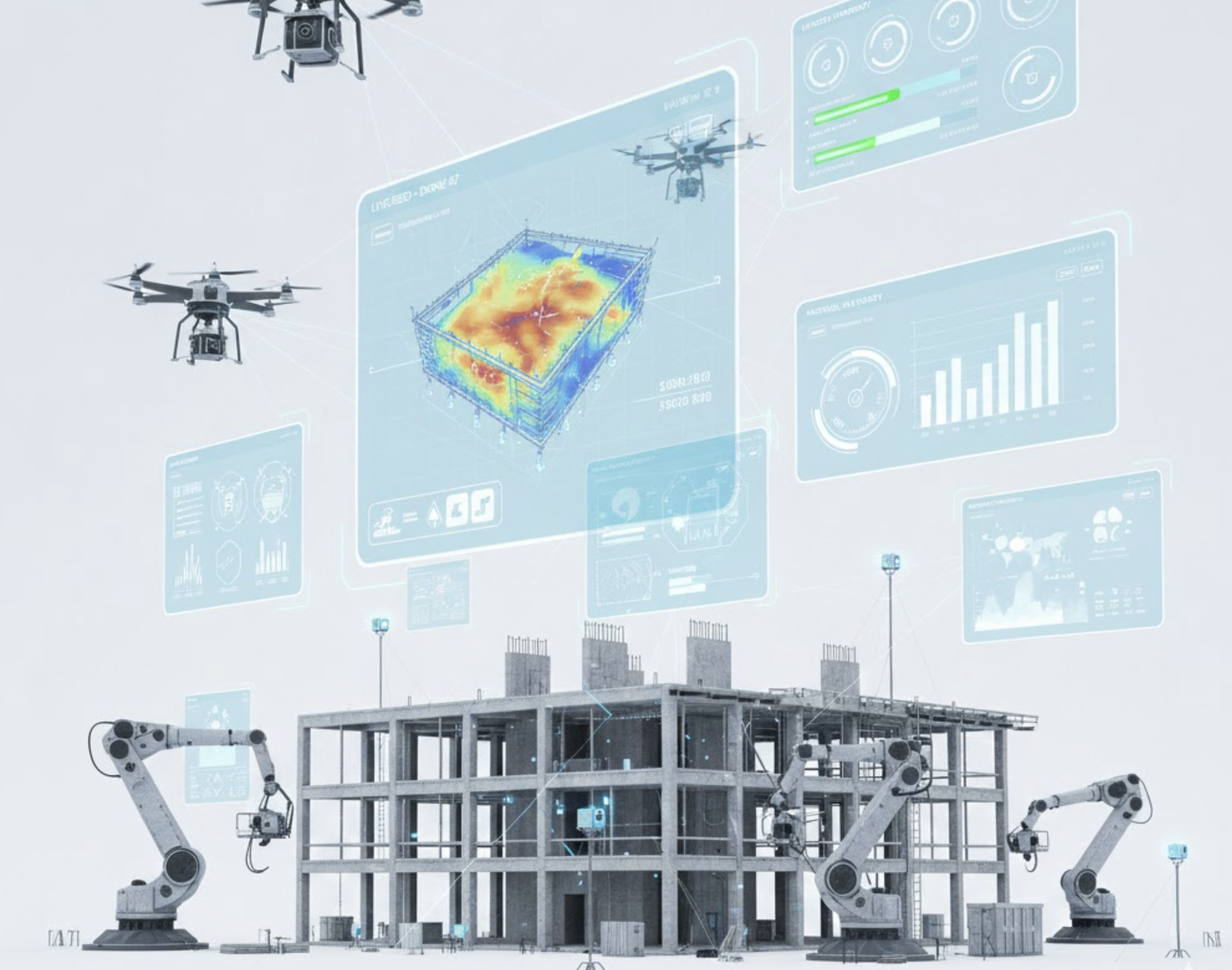Integrating Risk Conversations into Daily Project Updates
In the realm of construction project management, integrating risk conversations into daily updates is paramount for successful project delivery. Incorporating focused discussions on construction risk management into regular project meetings helps teams proactively address potential challenges, ultimately enhancing project outcomes. In this blog post, we’ll explore the importance of risk management, best practices, and how Zepth can assist in this vital area.
Importance of Risk Management in Project Updates
Risk management is not just an isolated task; it’s a continuous process ingrained in the fabric of daily project operations. By engaging all stakeholders in risk discussions daily, project teams can enhance visibility of potential barriers and develop strategies to mitigate these risks effectively.
Key Concepts in Risk Management
Risk Identification and Analysis
The foundation of risk management begins with comprehensive risk identification and analysis. This process encourages collaboration through brainstorming sessions with project teams, stakeholders, vendors, and subcontractors. Employing tools like the Risk Breakdown Structure (RBS) and Work Breakdown Structure (WBS) can facilitate the organization of identified risks. A thorough identification phase ensures all potential challenges are recognized and documented, paving the way for an effective risk management strategy.
Risk Assessment and Prioritization
After identification, the next step involves assessing and prioritizing these risks. Utilizing tools such as risk assessment matrices and decision trees allows teams to evaluate risks based on their potential impact and probability. Assigning risk scores is critical—it helps teams focus on high-impact areas that warrant immediate attention, ensuring resources are allocated effectively.
Risk Tolerance and Acceptance
Every organization has a unique risk tolerance level, which influences decisions about acceptable versus unacceptable risks. Understanding this tolerance informs stakeholders about which risks need mitigation and which can be accepted. Insights drawn from previous projects can provide valuable context, enabling a more nuanced approach to risk management.
Best Practices for Integrating Risk Conversations
Involving the Team
Engagement is critical in the risk identification process. Involving as many team members and stakeholders as possible ensures a comprehensive approach to risk management. Such collaboration enhances collective insight, contributing to a more robust strategy for addressing future challenges.
Regular Risk Meetings
To operationalize risk management effectively, it is beneficial to incorporate discussions about risks into regular project meetings. These discussions should include updates on the risk register and reviews of risk response plans. Facilitating continuous monitoring allows teams to adopt a proactive stance, mitigating potential issues before they escalate.
Documentation and Communication
Maintaining a well-documented risk register is vital for transparency. Accurately documenting all identified risks and their corresponding mitigation strategies ensures that everyone is aligned with the overall risk management strategy. Clear communication of these risks to all stakeholders facilitates mutual understanding and accountability.
Use Cases and Statistics
Case Studies
Case studies have repeatedly illustrated that integrating risk and quality processes is critical for project success. Industries with lower risk tolerance, such as finance and healthcare, benefit significantly from early and ongoing risk discussions. Projects that establish structured risk management approaches demonstrate improved performance outcomes, often avoiding the pitfalls of cost overruns and delays.
Statistics
Research reveals that projects integrating risk management into daily updates experience fewer unexpected costs and delays. Those with strong risk management practices often achieve a 20-30% reduction in costs compared to those without structured risk conversations. By emphasizing risk discussions daily, teams can ensure better forecasting and compliance throughout project lifecycles.
Emerging Innovations and Tools
Risk Management Software
Utilizing advanced risk management software enhances processes related to identifying, analyzing, and communicating risks. Platforms like Zepth seamlessly integrate with existing project management systems and improve the efficiency and effectiveness of risk management activities. A robust system ensures real-time updates and transparency across teams, enhancing organizational alignment.
Data Analytics
Data analytics and machine learning technologies play increasingly vital roles in predicting potential risks, especially in complex construction projects where traditional identification methods may fall short. Utilizing these technologies provides actionable insights, allowing project teams to enhance their risk management strategies significantly.
How Zepth Can Help
Zepth offers a suite of tools designed to integrate risk conversations into daily project updates effectively:
- Risk Management Integration: Zepth’s solutions ensure that risk management is a continuous, proactive process integrated into daily project workflows.
- Advanced Risk Management Tools: With features for identifying, analyzing, and communicating risks efficiently, Zepth enhances overall risk management strategies.
- Data Analytics: Leveraging data analytics capabilities, Zepth enables users to predict potential risks, offering a more robust approach to managing uncertainties in projects.
By incorporating these best practices and innovations, project teams can significantly improve their ability to manage risks effectively, leading to successful and efficient project outcomes. For more on how Zepth can support your project management needs, visit our Risk Management Solutions.




